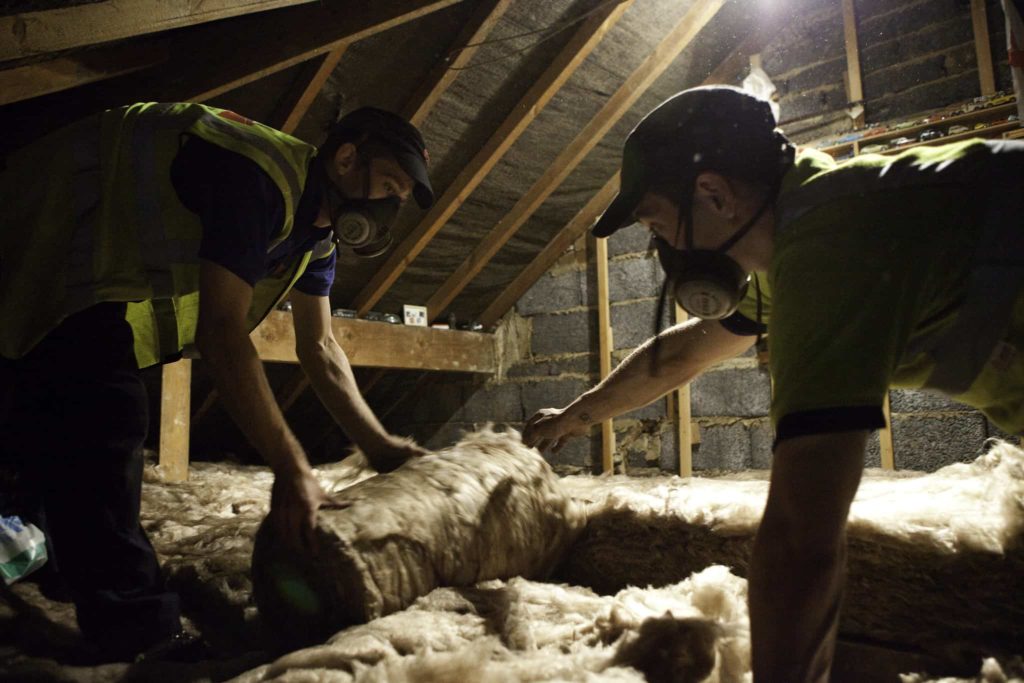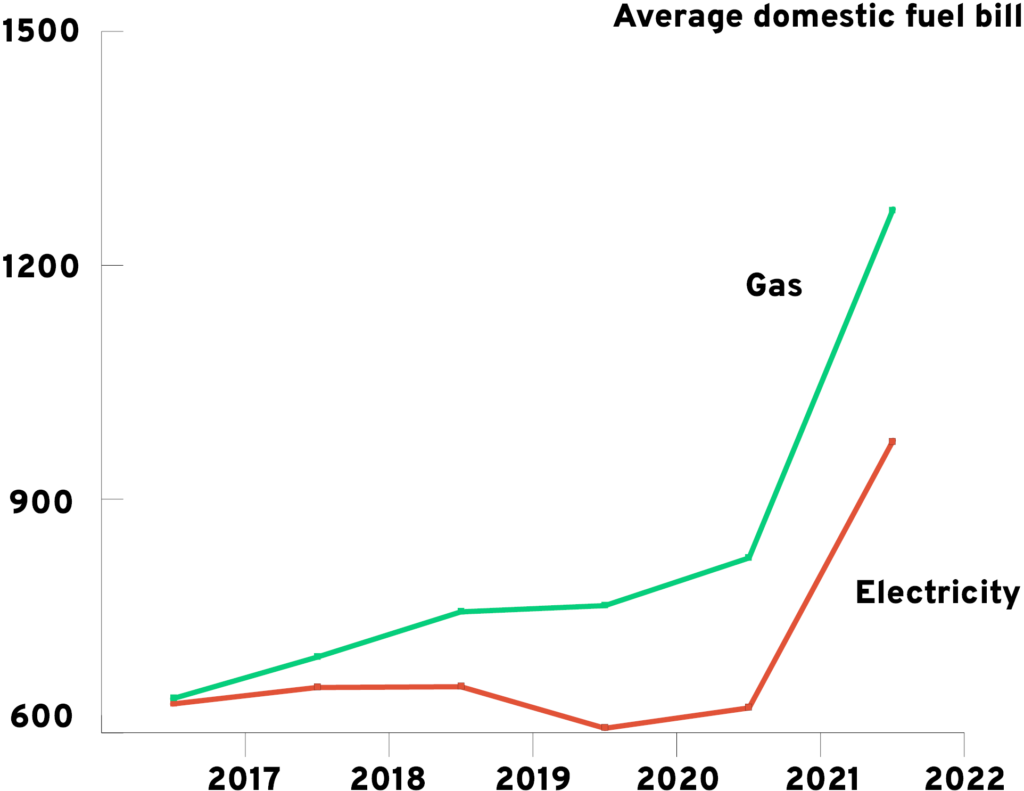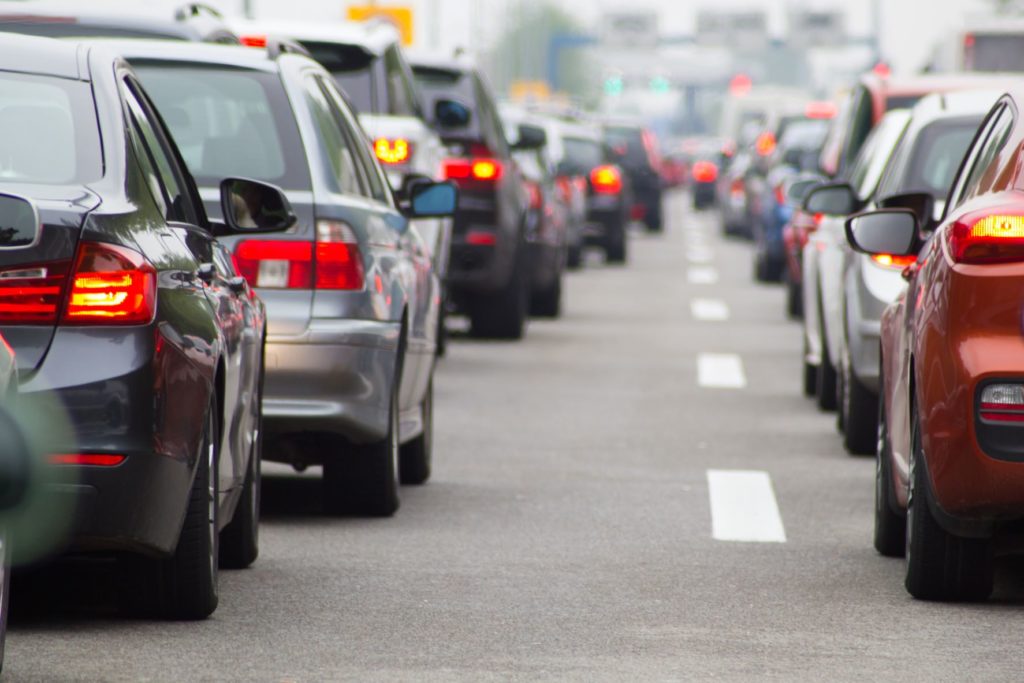Enabling local energy generation and reducing energy demand
Increasing the proportion of energy generated by renewable technologies (particularly coupled with the growth in energy storage technologies) and improving the energy efficiency of domestic and commercial buildings, will increase the energy security of the UK by reducing our reliance on imports of oil and gas. Given the volatility of international oil and gas prices, increasing our energy security can provide a more stable foundation for households and businesses to budget for their energy expenditure.
Example: Glasgow City Council
Leading the way in Scotland in terms of energy efficiency standards for new-build domestic developments.

Reducing energy demand
Energy prices rose sharply at the end of 2021 and are forecast to rise by almost £700 on average after the energy price cap was raised in April 2022, with uncertainty around further price hikes because of the Ukraine crisis. Improving the energy efficiency of homes and replacing gas boilers with low carbon alternatives such as heat pumps reduces exposure to price rises.
As well as reducing fuel poverty, making homes more efficient can also reduce overheating during heatwaves. Some of the costs associated with such severe weather events will fall on council budgets due to the roles and responsibilities for local authorities under the Health and Social Care Act.
There are also benefits to social landlords from investing in the energy efficiency of their homes. Research carried out by Sustainable Homes found that:
- As homes become more energy efficient, they are void for a shorter length of time – on average, 31% shorter for band B properties compared to those in bands E and F.
- Landlords with more energy efficient stock spend less on refurbishing void homes, less on repairs and less on staff time to manage voids.
- Rent arrears are on average half a month higher in Band F properties than in other bands.
- Other cost savings identified include time spent seeking overdue rent payment, legal costs and court costs which decline by around 35% for more energy efficient homes.

The graph starts with both around 600 in 2017, and sharply spiking to over 1200 for gas and over 1000 for electricity by 2022.
Enabling local energy generation
Diversifying and decentralising energy supply can increase resilience of communities to withstand both energy price increases and extreme weather events. This involves increasing the number of smaller-scale sources of energy such as solar panels, heat pumps and district heating networks.
“When you’ve seen extreme weather events like hurricane Sandy, or when you look at systems failures like the New York blackout, the only buildings that were still functioning were those that had on-site, decentralised energy systems.”
Syed Ahmed, Director, Energy for London
Relying on a centralised supply of heat and power, mostly generated from fossil fuels, makes our energy network vulnerable to numerous threats, including energy supply issues, potential water shortages brought on by climate change, cyber security attacks.
Cities are well placed to take a lead in this area; localised control and decision-making can make energy supply increasingly resilient. Decentralised power systems can also offer more competitive prices than traditional energy suppliers, with decentralised tariffs creating more stable costs, creating resilience to future increases in fossil fuel costs.
Reduce overheating
As our climate changes, more than 4.6 million homes in England already experience summertime overheating. The health implications of summer overheating in our homes are significant. It is estimated that there are currently around 2000 heat-related deaths in the UK every year and that this could rise to more than 7000 by 2050. New buildings should be designed to be adapted to our forecast climate. Three of the main issues contributing to overheating in new homes are inadequate ventilation, excess unshaded glazing, and excess heat loss from building services such as hot water systems. Homes built to Passivhaus standards are designed to reduce all three of the risk factors to help reduce overheating risk.
For existing buildings, low energy cooling systems such as Monodraught’s Cool-phase units will offer cooling without the energy consumption, and associated carbon emissions, of air conditioning. For homes, there are a number of retrofit options; insulating homes property can prevent heat loss in winter and also cut down on overheating in the summer. Planting deciduous shade trees can reduce overheating in the summer whilst also acting as a carbon sink.
Example: Monodraught
2013 Ashden Award winner’s low energy cooling and ventilation system reduces electricity consumption by up to 90% compared to standard air conditioning.

Example: Medellin, Colombia
2019 Ashden Award winner shading cyclists and pedestrians, cleaning the air along busy roads and reducing urban temperatures.

Ensuring new development can accommodate likely changes
City regions in particular, and all local authorities to some degree, can use their planning powers to ensure that new developments are designed in a way that they can accommodate future low carbon technologies, thus increasing resilience to future changes while minimising carbon emissions. This can include:
- Ensuring provision for electric vehicles; the Government’s Path to Zero Strategy commits the government to publishing an EV infrastructure strategy in 2022, which will set out the role of the public sector. This may include ensuring EV chargepoints are incorporated into new developments as well as rolling out chargepoints within street lighting columns.
- Designing properties to be suitable for heating systems that use heat pumps rather than gas central heating; e.g. with underfloor heating.
Planning powers can also be used to ensure that new developments are designed to be appropriate for the changing climate. For example, The Committee on Climate Change Adaptation Sub-Committee has stated that action is needed to begin to adapt the UK’s built environment, so that homes and other buildings can be comfortable and safe in the higher temperatures that are forecast with climate change.
Case Study: Durham – Installing electric vehicle chargepoints
Durham County Council is bringing vehicle charging to every community.

Case Study: Stroud – Reducing car dependency through planning
Stroud’s settlement hierarchy leads to planning decisions that cut car use.

Reducing car use and ensuring some of the freed-up space is depaved and planted
Schemes to encourage walking within cities may include narrowing roads and widening pavements. Adding planting to the pavements, particularly in the form of a buffer between pedestrians and traffic, creates a more pleasant environment and can further encourage walking. At the same time, introducing a planted strip between pavement and road, with trees and vegetation, can provide natural cooling – thus helping to mitigate the impact of heatwaves – and reduce surface flooding during extreme weather events.
Reducing the impact of extreme weather events can directly benefit the local economy.
Example: Liftshare
2012 Ashden Award winner helping fill empty car seats on the roads while offering a friendlier, greener and cheaper way to travel.

Increasing resilience amongst the most vulnerable
Some households, businesses and communities will be more resilient to adapting to future changes – be they in terms of climate, energy costs or other changes in the energy system such as the prevalence of electric vehicles or the introduction of time of use energy tariffs. Tools are available to help councils identify vulnerable communities and there is guidance on how they can best be supported. This could involve action like the fuel poverty referral networks referred to in Chapter 3 of this toolkit. Or it could involve providing support to SMEs to help them switch from diesel to electric vehicles.
The main drivers of vulnerability to climate impacts or energy price rises include:
- Personal features of the individual, such as age and health, which affect sensitivity to climate impacts;
- Environmental characteristics, such as the availability of green space, quality of housing stock or elevation of buildings, which can increase or offset exposure to flooding or heat;
- Social and institutional context, such as levels of inequality and income, the strength of social networks, the cohesion of neighbourhoods and the day-to-day practices of institutions, such as care regimes in nursing homes, which affect people’s ability to adapt.
Next Section:
5.3 Links to statutory duties

